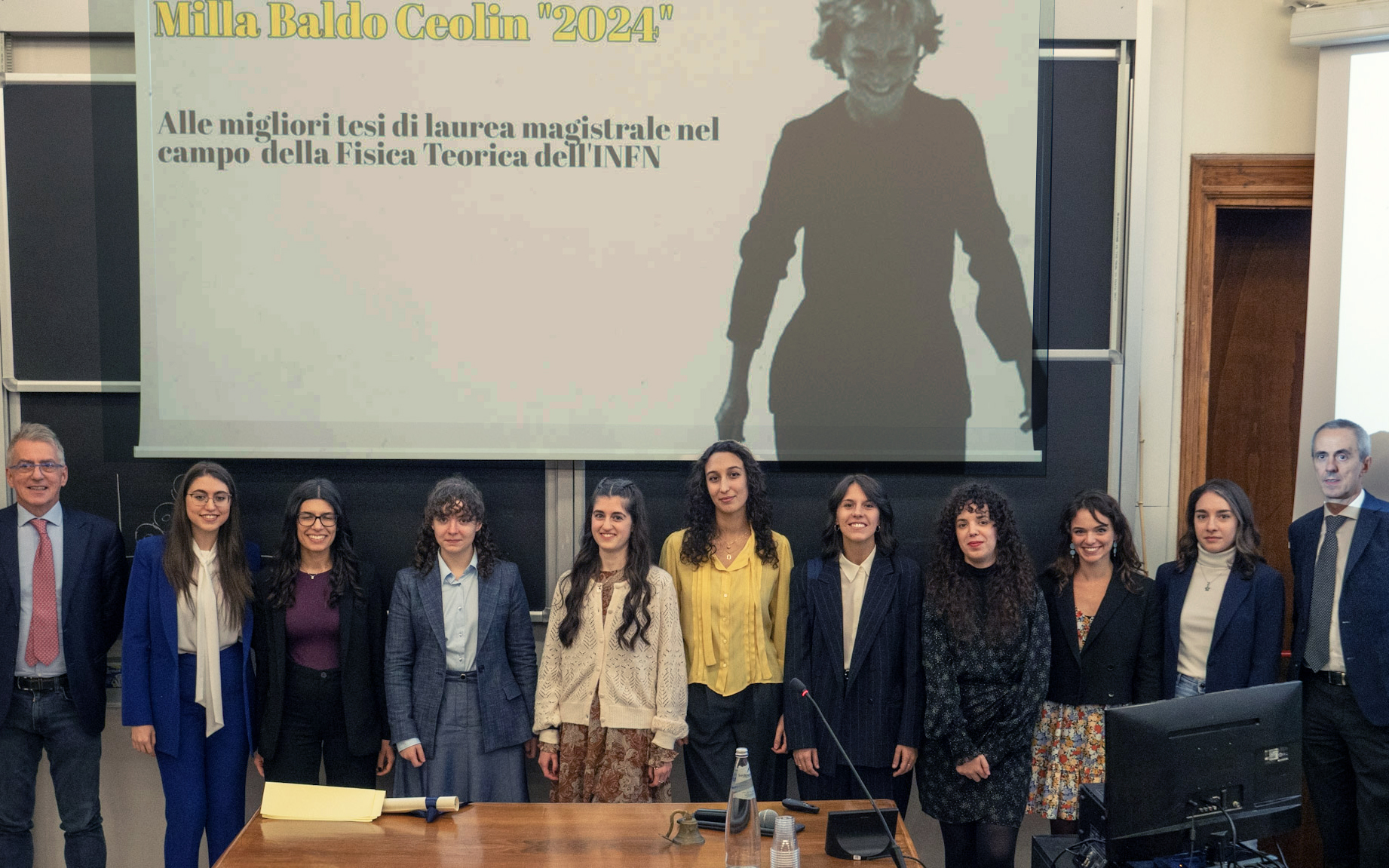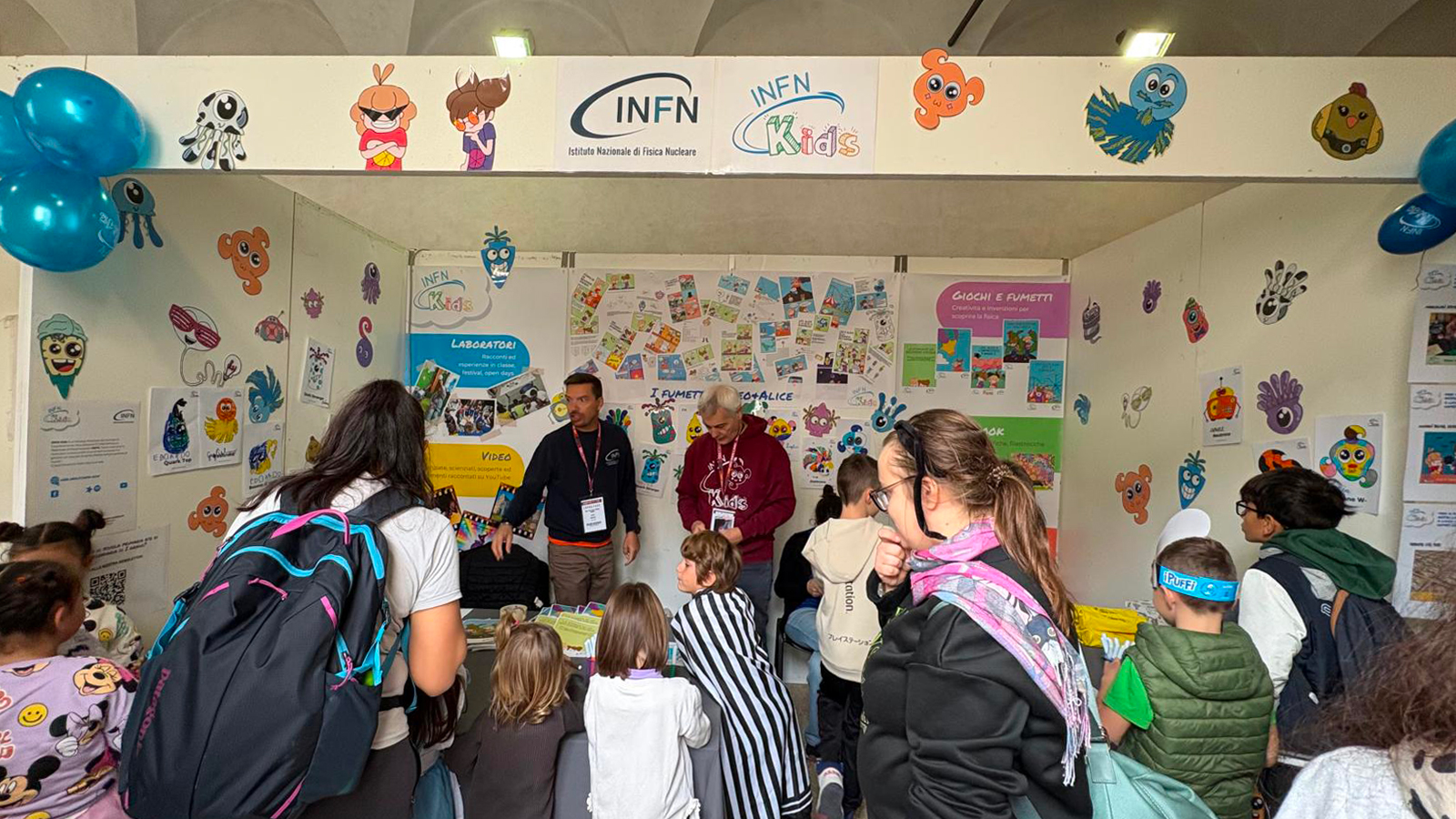 Observation of a second gravitational wave event was announced during a joint press conference by the scientists of the LIGO and VIRGO scientific collaborations, in which INFN is taking part. The tiny ripples in the spacetime fabric, predicted by the General Relativity of Albert Einstein a century ago, have been recorded for the second time, again during the first period of data acquisition, by the twin Advanced LIGO interferometers, in the United States. As with the first detection, these gravitational waves were produced by the merger of two blacks holes, a process that dates back to 1.4 billion years ago. This event nevertheless has different characteristics to the first because the black holes are lighter than those of the previous signal and therefore it was possible to follow the process for a longer period of time, well characterising the system. The waves measured in this second observation refer to the last 27 orbits that the black holes, of mass equal to 14 and 8 solar masses, made while “spiralling down” around each other before merging and forming a more massive single black hole, with mass equivalent to 21 solar masses. The energy released in the form of gravitational waves is therefore equivalent to approx. one solar mass. After opening new scientific horizons with the first historical gravitational wave observation, announced in Febraury 2016, this new measurement confirms that we have truly entered
Observation of a second gravitational wave event was announced during a joint press conference by the scientists of the LIGO and VIRGO scientific collaborations, in which INFN is taking part. The tiny ripples in the spacetime fabric, predicted by the General Relativity of Albert Einstein a century ago, have been recorded for the second time, again during the first period of data acquisition, by the twin Advanced LIGO interferometers, in the United States. As with the first detection, these gravitational waves were produced by the merger of two blacks holes, a process that dates back to 1.4 billion years ago. This event nevertheless has different characteristics to the first because the black holes are lighter than those of the previous signal and therefore it was possible to follow the process for a longer period of time, well characterising the system. The waves measured in this second observation refer to the last 27 orbits that the black holes, of mass equal to 14 and 8 solar masses, made while “spiralling down” around each other before merging and forming a more massive single black hole, with mass equivalent to 21 solar masses. The energy released in the form of gravitational waves is therefore equivalent to approx. one solar mass. After opening new scientific horizons with the first historical gravitational wave observation, announced in Febraury 2016, this new measurement confirms that we have truly entered
the era of gravitational astronomy.
l presskit:
username: comunicazione
password: LVCsecGW





